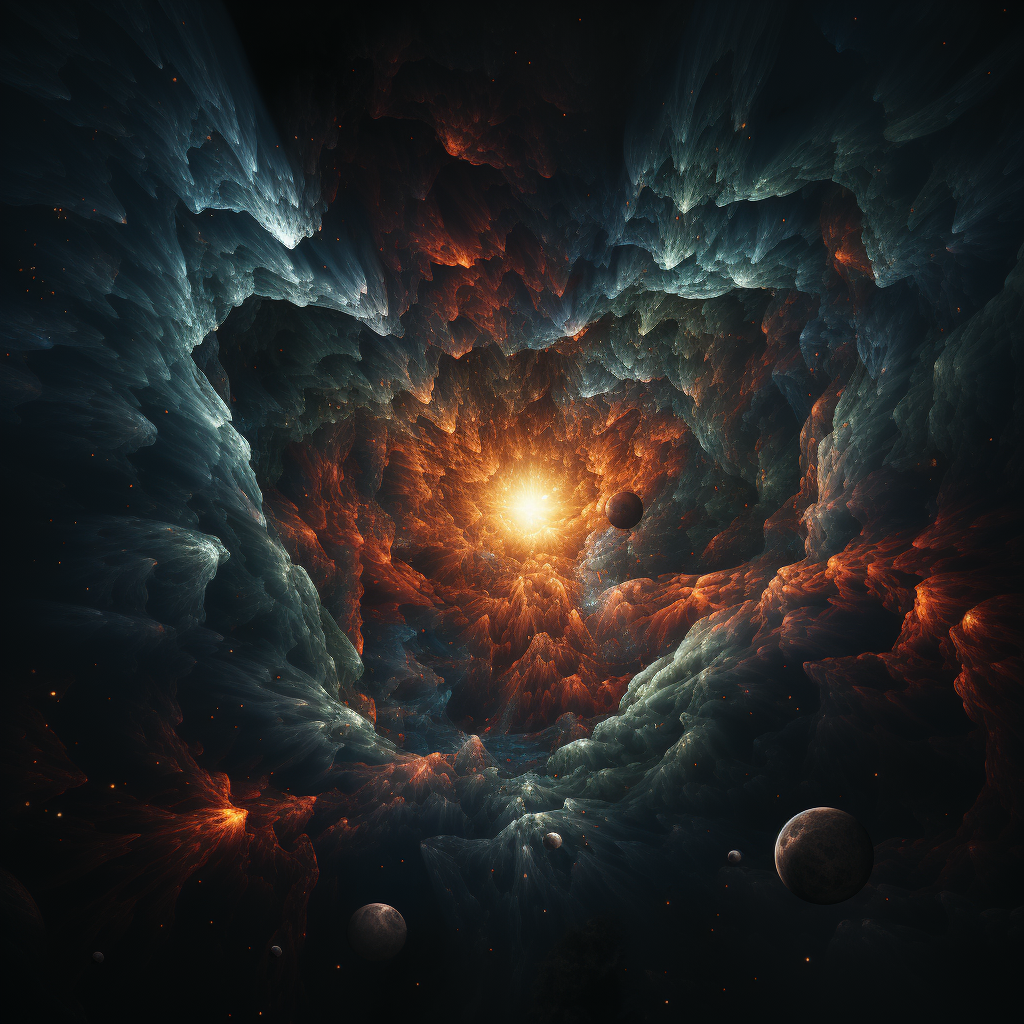
What is the role of dark matter and dark energy in the universe?
In the realms of cosmology and astrophysics, two terms have emerged over the past century that present some of the most profound mysteries in our understanding of the universe: dark matter and dark energy. The discovery and subsequent study of these two phenomena have drastically transformed our understanding of the universe, its composition, and its evolution.
Dark Matter
Dark matter is a type of matter that we believe exists due to its gravitational effects on visible matter, such as stars and galaxies, but it doesn’t interact with electromagnetic radiation, meaning it doesn’t emit, reflect, or absorb light. This makes it virtually undetectable by traditional means. Despite this, astronomers and physicists are confident of its existence due to several pieces of indirect evidence.
The first clues to the existence of dark matter came from studies of the motion of galaxies. Swiss astronomer Fritz Zwicky first coined the term “dark matter” in the 1930s when he noticed that galaxies in a cluster were moving faster than expected based on the visible matter alone. There seemed to be more gravitational pull than could be accounted for by the visible stars.
These observations have been confirmed on larger scales; galaxies in clusters and even galaxies themselves rotate at speeds that suggest there’s far more mass present than what we see. Furthermore, observations of gravitational lensing (where light from a distant source is bent as it passes a massive object) also suggest more mass than visible matter can account for.
Despite not knowing exactly what dark matter is, it’s an essential part of our current cosmological models. Estimates suggest that about 85% of the matter in the universe is dark matter. Many experiments are ongoing to detect dark matter directly and indirectly, with potential candidates for what constitutes dark matter ranging from yet undiscovered subatomic particles (like WIMPs or axions) to black holes and other astronomical objects.
Dark Energy
Dark energy is an even more mysterious entity. It’s the name given to a mysterious force that’s causing the universe’s expansion to accelerate over time. In other words, not only is the universe expanding, but it’s also expanding at an ever-increasing rate.
The existence of dark energy was first postulated following observations of distant supernovae (exploding stars) in the late 20th century. These observations indicated that the supernovae were further away than they should be based on our understanding of the universe’s expansion. This led to the theory that some unknown “energy” was accelerating the expansion of the universe.
Dark energy is thought to make up approximately 70% of the universe’s total energy content. However, despite its apparent abundance, very little is known about it. One of the leading theories proposes that dark energy is the “cosmological constant,” a concept introduced by Albert Einstein. In this view, dark energy is a property of space itself: as new space is created in the expanding universe, new dark energy appears with it.
Dark Matter and Dark Energy in the Universe
Dark matter and dark energy have significant roles in shaping our universe. Dark matter’s gravitational pull influences the distribution and structure formation in the universe. Without dark matter, the web-like structure of galaxy clusters we see in the universe wouldn’t have formed. The galaxies would have simply drifted apart.
Dark energy, on the other hand, drives the acceleration of the universe’s expansion. This affects the future evolution of the universe. If dark energy continues to accelerate the universe’s expansion, galaxies will continue to move apart until they’re so spread out that future civilizations in distant galaxies won’t be able to observe anything beyond their local group.
The exact nature of dark matter and dark energy remain two of the biggest unsolved puzzles in modern physics. These phenomena challenge our current understanding of the universe and physics itself, and solving these mysteries may require new physics that can drastically
change our view of the universe. In this respect, dark matter and dark energy represent the new frontiers in cosmology and fundamental physics.





